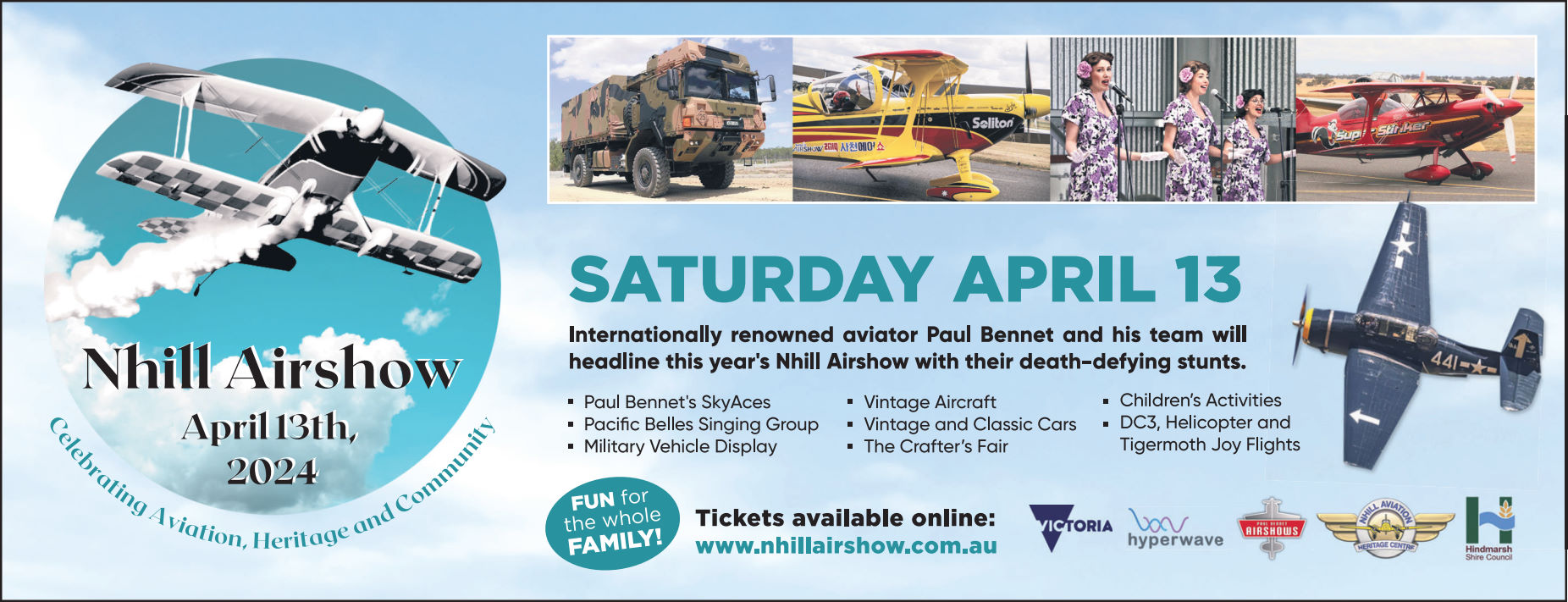Well known Australian artist Sidney Nolan, who spent time in Dimboola during the World War II years, was born on 22nd April 1917.
Nolan was born in Carlton in April 1917, the first of four children for his parents. After completing his schooling in St Kilda, where the family moved, he studied at the Prahran Technical College Department of Design and Crafts, now a part of Swinburne University.
For almost six years from the age of sixteen, Nolan worked producing advertising and display stands with spray paints and dyes. During this time, he also occasionally attended night classes at the National Gallery of Victoria Art School.
During his early career, Nolan lived with John and Sunday Reed in Melbourne (following a failed marriage) and it was here that he painted the first of his iconic Ned Kelly series of paintings.
He was enlisted in the army during World War II, and spent 1942 to 1944 stationed in the Wimmera, during which time he painted a series of paintings depicting life in the region.
The National Gallery of Victoria describes Nolan's time in the Wimmera:
Conscripted into the Army supply corps, Sidney Nolan was stationed in the Wimmera from 1942 to 1944. He spent many hours on guard duty, drawing and meditating on the landscape, the small country towns dominated by towering wheat silos, their railway lifelines to the sea, the farm houses and the immense fertile wheat paddocks. Their apparent naivety and spontaneity is undermined by Nolan's sophisticated sense of design and colour.
He later deserted, leaving both the army and the Wimmera in 1944 for fear of being sent to the war front in New Guinea.
Above - a recreation of Nolan's Wimmera (from Mount Arapiles) as a mural at Dimboola Memorial Secondary College. The mural was painted in 2007 by students at the school.
Nolan later became a member of the Angry Penguins, an Australian literary and artistic avant-garde movement of the time.
Nolan moved to London in 1951 and spent time travelling, studying and painting in Europe. Highlights of his later career include completing a large (20m x 3.6m) mural of the Eureka Stockade of 1854 in Ballarat, and illustrating covers for over 70 books and other publications.
He was appointed a Knight Bachelor for service to art (despite deserting during the War) in 1981, and was made a Companion of the Order of Australia in 1988.
He passed away in London on 28th November 1992 aged 75.
|






